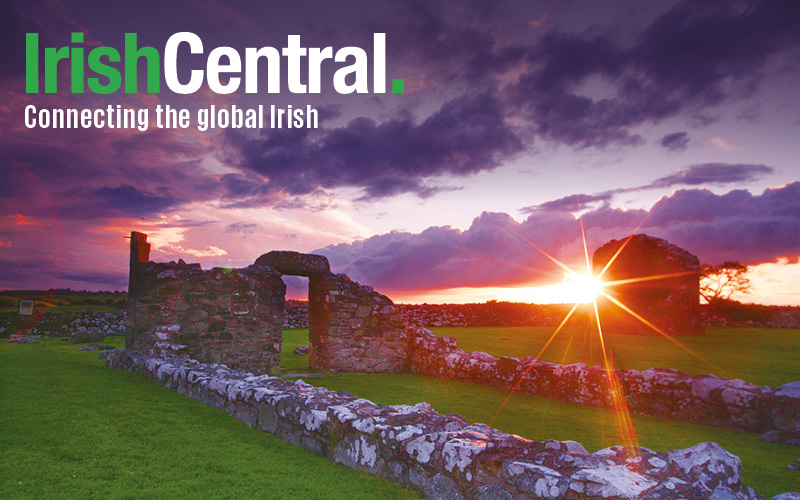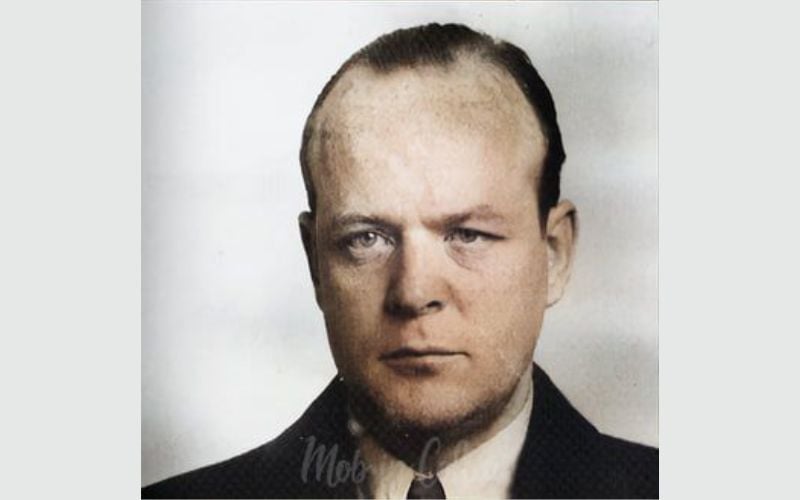Lord bless us and save us, you would think from the New York Times article "Teaching the Irish (and Others) to Love Irish Food" (3/31) that none of us ever had a good meal before Darina Allen came along.
Darina is the founder of Ballymaloe Cookery School in Country Cork and the author of 16 cookbooks, and I'm a fan. I was delighted when I saw that she was given the front page of the Dining Section in the nation's paper of record and a full page inside complete with recipes for Country Rhubarb Cake and Slow-Roasted Lamb Shoulder. But it was the passing reference to British exploitation that got me going.
"Using elements of native cuisine in a white-tablecloth setting was totally new in Ireland at the time [before Darina Allen came along]," said Colman Andrews, the [American] author of The Country Cooking of Ireland. (Ms. Allen contributed a foreword). The Irish, for many complicated reasons, were not used to being proud of their food."
The Times writer continues: "For many centuries, the Irish were not able to live off the fat of their land, as landholders exported beef, butter, smoked salmon and other prime foodstuffs to Britain and its colonies. Later, when this was no longer the case, the humble food to which most Irish people had grown accustomed did not seem like something to celebrate...."
Seriously, isn’t there rather a lot that’s been left unsaid in the above?
For starters you would think all the landlords were Irish when in fact, for centuries, the Irish did not own their own land. It was British, mainly absentee landlords, who exported the food out of the country while the Irish were starving.
Here are a few “uncomplicated” facts to whet your hungry Irish spirit and stir the blood:
1847 -- The worst year of the potato blight:
4,000 ships carrying peas, beans, rabbits, salmon, honey, and potatoes left Ireland for English ports.
9,992 Irish cattle sent to England.
4,000 horses and ponies sent to England.
Approximately 1,000,000 gallons of butter sent to England.
Approximately 1,700,000 gallons of grain-derived alcohol sent to England.
So the Irish got used to "humble" food. They had to. But look what they did with the meager food sources that were available to them.
I wouldn't trade a simple loaf of Irish brown bread for any other kind. And I laugh every time my doctor tells me to eat oatmeal the new “wonder food” (I buy my Irish-style oatmeal in Trader Joe’s) because it will lower my cholesterol. I had “porridge” every morning of my young life (except for Sunday when we had cornflakes as a special treat).
Colman the American is right, there were not too many restaurants, white tablecloths, or otherwise, in the Ireland of the 50s and 60s. There was little money for eating out.
But it also wasn’t part of the culture.
Family meals around the kitchen table were what it was about. And those "humble" meals were wonderful. Farm raised beef and lamb, fresh eggs from free-range chickens (we didn't know there were any other kind) apple tarts with fresh cream, roast new potatoes and carrots.
Darina Allen has done for Irish cuisine what Riverdance did for Irish dancing, and fair play to her, but she couldn’t have done it if there hadn't been a good base to start from, and good Irish cooking has been around as long as good Irish dancers.
I now live in New York City, the food capital of the world, but it is the simple foods of my childhood that bring me the most pleasure. Today, though I could have gone to a myriad of restaurants for lunch, I chose to go to The Breslin, a new Irish style restaurant down the block because I heard that the chef made a good “Bubble and Squeak.”
I was not disappointed. I had salmon and “Bubble and squeak” and it was delicious – almost as good as my mother’s. It’s a simple recipe, as uncomplicated as you can get: Take left over boiled cabbage and potatoes, mix together, add butter, make into patties and brown in the frying pan.
Enjoy!




Comments